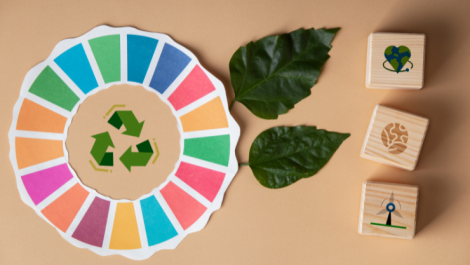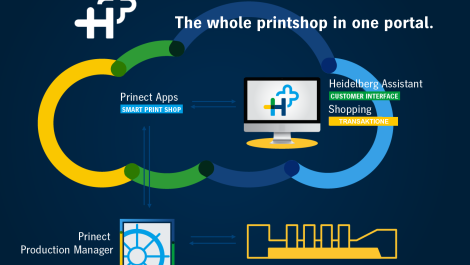The weekly Verdigris blog by Laurel Brunner
Understanding technology seems to be much less important than it used to be. Stuff works in our industry because the graphic arts industry has benefited from years of technological innovation, combined with practical experience that has been fed back into research and development for new kit.
This is why prepress can be fully automated and computer-to-plate production is so widespread in developed markets. Both technologies have contributed to the substantial reduction in print’s carbon footprint over the last couple of decades.
That reduction has largely been incidental as printers invest in technologies that save them money. Now the focus for environmental impact reduction should be on press technologies, because this is where most energy in a print production workflow is used. Printers should be considering energy consumption in their evaluations of new press technologies, and press manufacturers should be doing more to explain power consumption. They should also be doing more to design presses to be as energy efficient as possible.
Actually it goes further than that. There should be more information about how machines are already designed to minimise energy consumption, for instance using LED UV curing as EFI does in its wide format printers, rather than conventional lamps. And how much energy is required to pretreat or dry a substrate? This level of detail is becoming more important as print buyers start to understand more about calculating carbon footprints. It is also important as it dawns on printing companies that they can save money through reduced energy usage. Some machines are better in this regard than others, but it isn’t easy to get to the facts. And facts are what’s needed in sustainability calculations.
It would be helpful if press and digital printer manufacturers alike were more forthcoming about the energy consumption of their technologies, especially when they update them. The data would be helpful to printers planning their investments and it would provide facts to support print’s sustainability messaging.
This sort of data would also be extremely useful for print buyers who are looking at a range of production options for their jobs. Being able to compare energy emissions of different types of press would help them to have a better idea of the emissions associated with a print media project. It might also encourage print buyers to consider the emissions associated with digital media. In the end they will most likely choose the cheapest and most effective option. But if the decision between the two is tricky say because print gets more response, maybe emissions data will help sway the decision in favour of print.
http://verdigrisproject.com/blog/getting-energy-levels-down
This article is part of the Verdigris series of stories about understanding the environmental impact of print. The Verdigris Project is supported by Agfa Graphics, Canon Europe, Digital Dots, drupa, EcoPrint, EFI, Fespa, HP, Pragati Offset, Ricoh, Splash PR, Unity Publishing and Xeikon.





